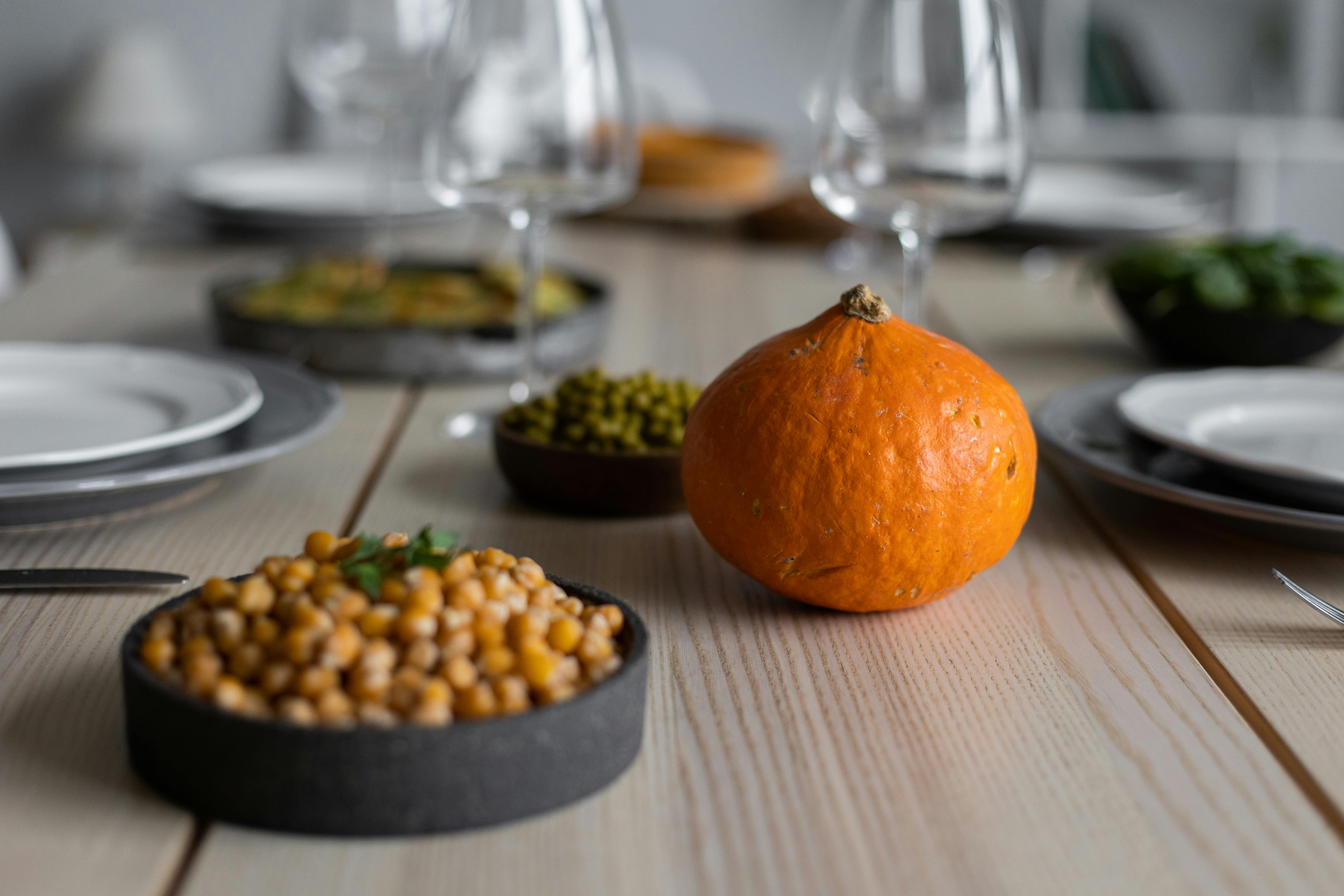Install a kitchen backsplash
The backsplash is perhaps the most decorative part of kitchen designs, making it an important factor in kitchen interior design. Of course, many people don’t know that they can install the backsplash themselves with a little patience and hard work. A little sweat can go a long way, especially in the kitchen. This guide will give you a basic overview of how to install a kitchen backsplash in your home.
Tools and Materials
Unsurprisingly, there are a few materials and tools you’ll need to complete this surprisingly easy task that will enhance the overall interior design of your kitchen. Tools to have on hand include a rubber grout trowel, notched trowel, tile cutter, tile nippers or tile saw, tape measure, level, and a pair of safety goggles.
As for materials, you’ll need the backsplash chosen for your kitchen design ideas, as well as latex gloves, screws with plastic washers, waterproof mastic tile adhesive, and waterproof grout. Remember, always order 10 to 15 percent extra tiles to ensure you have enough if tiles break or you need to fill gaps.
How to install a kitchen backsplash
Before you begin, if the drywall behind your countertops is rotten or damaged, it’s important to replace it before you begin. Condensation or rot of any kind can be accelerated when you install sealed tile on top, which can be bad news for your drywall, wood sub-framing, etc.
If your existing kitchen layouts already include a backsplash, you’ll want to remove it first. Before you remove it, be sure to turn off the electricity in the area you are working on. Then remove the outlet covers. You will need to clean the area with warm water to remove dirt, dust and debris before installing the new backsplash. Allow the area to dry completely before moving on to the next step. You can use a fan or dehumidifier to help speed up the drying process.
Using your notched trowel, you can apply the adhesive to the wall. Ideally, hold the trowel at a 45 degree angle and only apply the adhesive to a nine foot square (three foot by three foot) area. Applying too much adhesive could cause problems, including drying too quickly, which can create additional problems for you and your kitchen design ideas.
Lay your first tile and then use a level to make sure the first tile is square and level. Go ahead and start installing additional tiles. You will insert the spacers between each tile as you apply them. As you work, add additional adhesive to the wall with your notched trowel.
When you get to the point where you need to cut a tile, you’ll want to score the tiles with your tile cutter. Then use your tile saw or tile nippers to remove the unwanted part before applying the tile to your backsplash. Be careful not to damage the surface of the tile as it will stick out like a sore thumb in your kitchen interior design scheme.
With all the tiles in place, you’ll want to use a clean, damp cloth to remove any excess adhesive from the tiles. Allow tile to set as recommended by the adhesive manufacturer. Then remove the spacers and start grouting with the rubber grout trowel.
Apply the grout at a 45-degree angle to the lines you’re filling, as this will ensure you don’t accidentally wipe the grout. Allow to dry slightly (per manufacturer’s instructions) before using a clean, damp cloth to remove grout from the backsplash’s surface.
Hopefully your backsplash really brings out the rest of your kitchen design ideas; as you will find that the process itself is surprisingly easy with a little basic knowledge.
